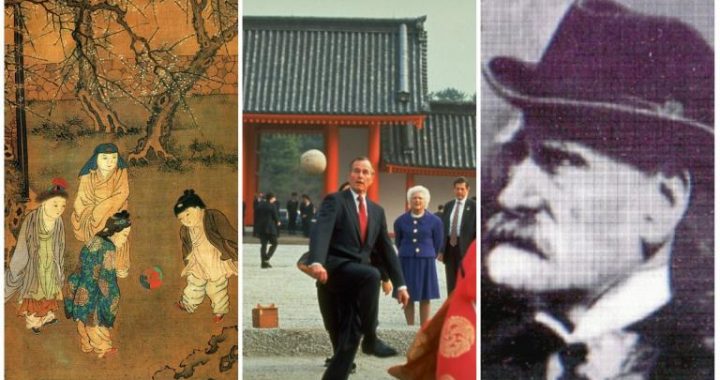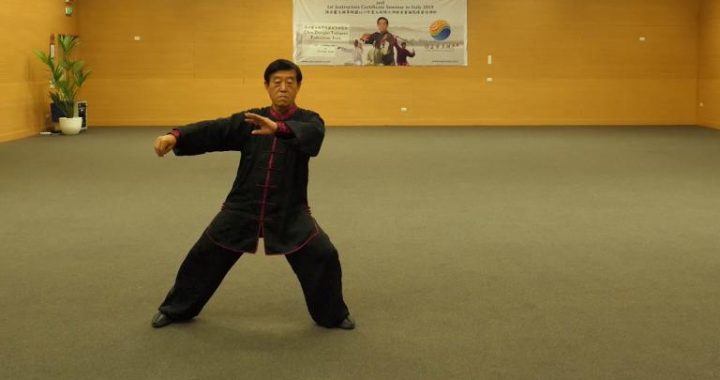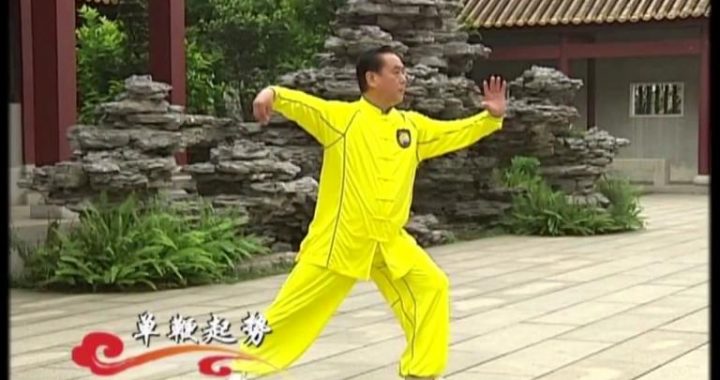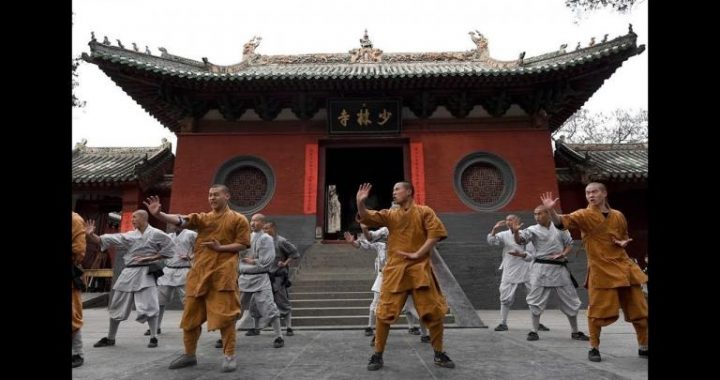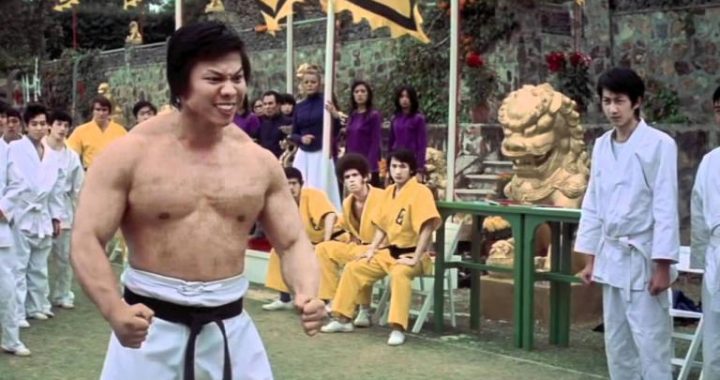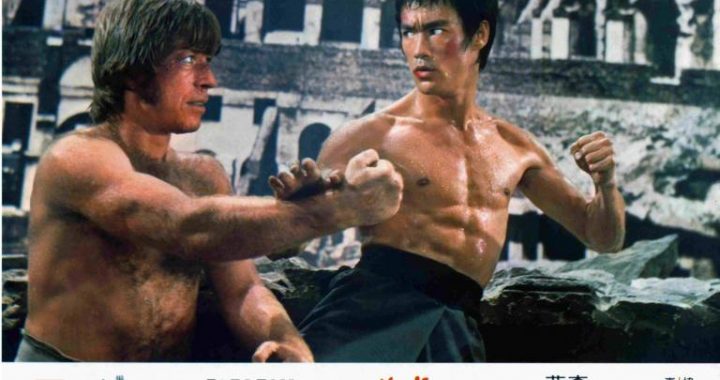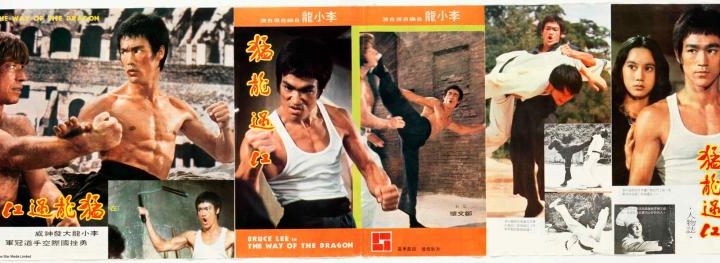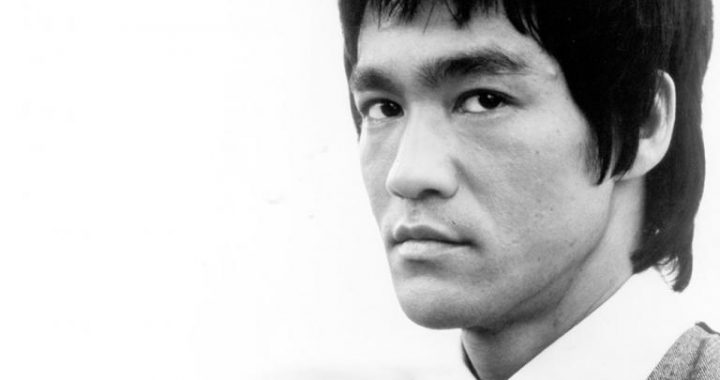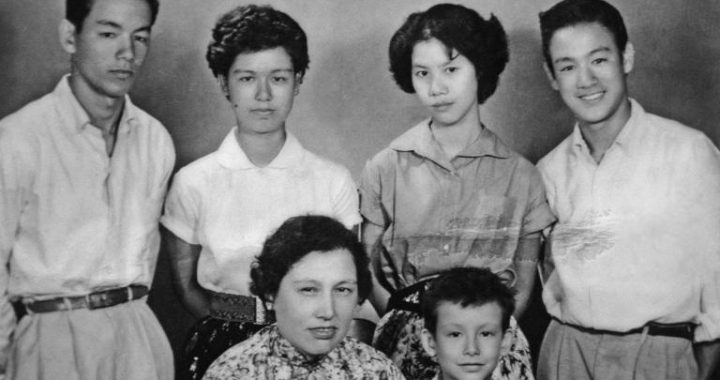Principles of Wushu
3 min readTiger-shaped stone,from Chinacapos;s Scenery by Okada Gyokuzan,published in 1802 Li Guang,a famous general of the Western Han Dynasty(BC 206-AD 25),shoots an arrow deeply into a stone in the shape of a crouching tiger on a night patrol.
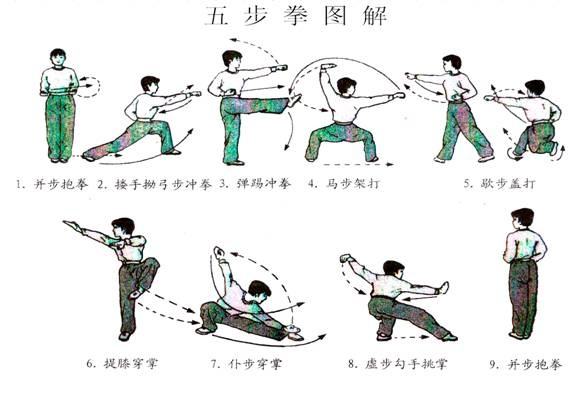
The principles of martial arts are also the disciplines of martial arts,which thereby give meaning to the highest realm of martial arts.
Whether a man’s martial arts reach the higher level is measured by four aspects:strength,fist position,strength and psychology.These four aspects make up an organic whole and a comprehensive embodiment of martial arts at a higher level.For a kungfu master,his force should have the quality of both pliability and hardness;his fist position should be hidden;his strength should be able to hit people by his will;and his psychology should be prepared to fight,but not act upon anger.

The Sixth Patriarch Cutting Bamboo by Liang Kai,the Southern Song Dynasty(1127-1279)Huineng,the sixth patriarch of Buddhism in ancient China,advocated seeing one’s nature and becoming a Buddha.The drawing was drawn in bold lines in a simple,unsophisticated style.
Being able to determine an appropriate balance between hard and soft is required for all styles ofmartial arts and the embodiment of integrating the“internal and external”forces.Force,also refers to”yang;”and mercy means”yin.”In Chinese Wushu,there is no pure hard fist position,nor a pure yielding soft fist position.If the fist is too hard,then the strength will be exhausted;if it is too soft,the strength will be too weak.Both have obvious drawbacks.Only the strength balanced between the right amount of hardness and softness can allow the fist to switch smoothly and harmoniously between the ways of yin and yang.
The phrase”cats hide their paws”derives from Laozi, meaning “the smartest thing seems stupid and simple.”The monks use this term to explain the high-level martial arts are neither complicatednor beautiful, but practical. The beautiful thing may not be practical-and most practical things are not beautiful: this is a discipline of Wushu. That is to say, the smart one may not be better than the simple one, but most simple things can exceed the smart thing. Therefore, the mystery of Wushu does not lie within its disciplines because the smartest discipline has no discipline.”No discipline”is therefore the essence of Wushu.
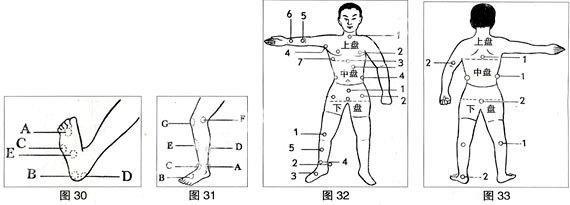
Hitting others based on will means using will to introduce genuine qi(referring to the entire functional activities of the body), which spurs the force to hit the counterpart. This is classified in several ways:”strength comes from will,””force derives from mind”and “fist works as desired.”Its principle is to transfer the energy from one’s body by will power and mindset to the utmost extent, focusing one’s strength to one particular point to release the great force in a flash.
Being good at fighting, without acting upon anger is a skill much needed for one to reach a superior psychological level. Laozi said that a good fighter was never angry. Therefore,a man easily angered will never be good at fighting. Thus, martial arts learners must attain a higher psychological level and be able to adjust their moods: they should be calm when they meet with enemies, remaining undaunted in the face of perils.
Thus, between hard and soft, cats hide their paws and attack using their mind while fighting, but not acting upon anger; all these combined constitute a higher level of Wushu. These four aspects are the large pillars supporting the pavilion of Wushu.
